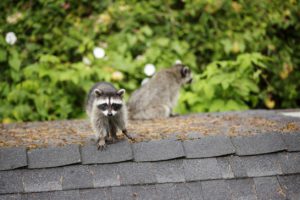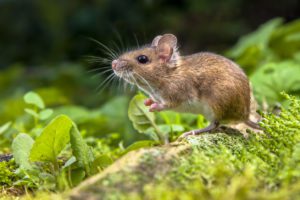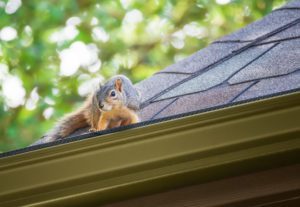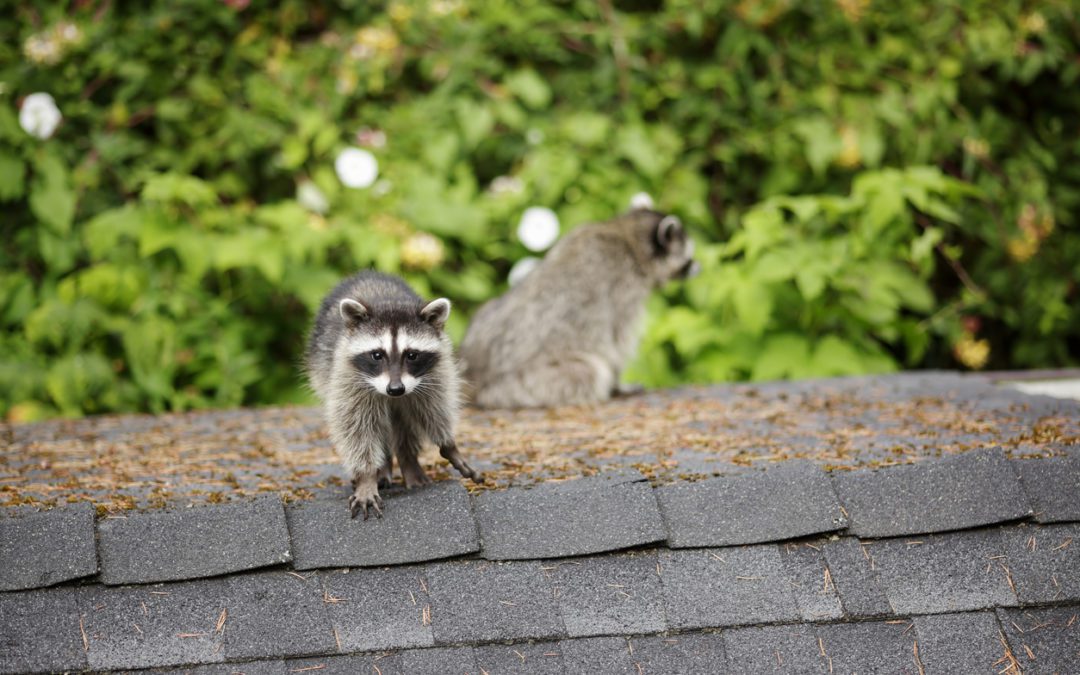With the changing of seasons, homes can make all kinds of strange noises, creaking and groaning as wood and concrete expand and contract. But this time of year can also bring a different kind of noise to your home: the sound of animals preparing for a long winter in your attic. Paying close attention to what you hear can clue you in to whether those noises are just the shifting and settling of a house or an animal control problem.
Raccoons
Raccoons are more substantial than other common attic invaders, especially at this time of year when they’ve been gorging on food to fatten up for the
If these are the kinds of noises you’re hearing in the ceiling, inspect the outside of your house for physical signs of breach. Raccoons are often aggressive in their entry methods and will create a hole where there might not have been one before. Torn shingles or bent roof vents aren’t uncommon. You may also look for something as simple as footprints in the snow on your roof.
Mice

Because mice are able to squeeze through a space as small as an eraser head, finding the areas where they’re getting into your walls and ceiling may be difficult for the untrained eye. Instead, check for droppings in corners and where the wall meets the floor. These droppings will be pointed at both ends and about the size of a grain of rice. Look for gnawing on the edges of wooden furnishing, boxes with stored material in them (especially food), and cables or wires leading into walls. There may also be grayish-brown smudging along baseboards where oil and dirt on the mice’s fur has rubbed off from repeated travel.
Squirrels
Squirrels are rodents as well, so many of the sounds they cause will be similar to mice, particularly scratching, scurrying, and gnawing. Because they’re
It can be tricky to spot squirrel entry points from the ground, particularly in the winter when your roof may be covered in snow or ice. They may tear the insect mesh out of a roof vent in order to climb into your attic, and they will also gnaw away at rotting or weakened wood on fascia, trim, or the roof itself. Look for holes about the size of a baseball.
Animal Control Solutions
On top of the damage they cause to property, raccoons, mice, and squirrels are all prone to disease and can spread these illnesses to the people living in the homes where they’ve built their nests. If there are signs of an animal control problem in your attic or other parts of your home, do not wait. Ask for the assistance of a professional nuisance wildlife company like ABC Wildlife. When you make the call, be sure to describe the types of noises you’ve been hearing in detail, and mention any physical indicators you may have seen. These are good tools to help our animal control technician identify what is in your attic and prepare for his or her inspection accordingly. Call us today at (847) 870-7175!
Sharing is caring! If you’ve learned something from what you’ve read, please click one of the icons below to share this post on social media.



